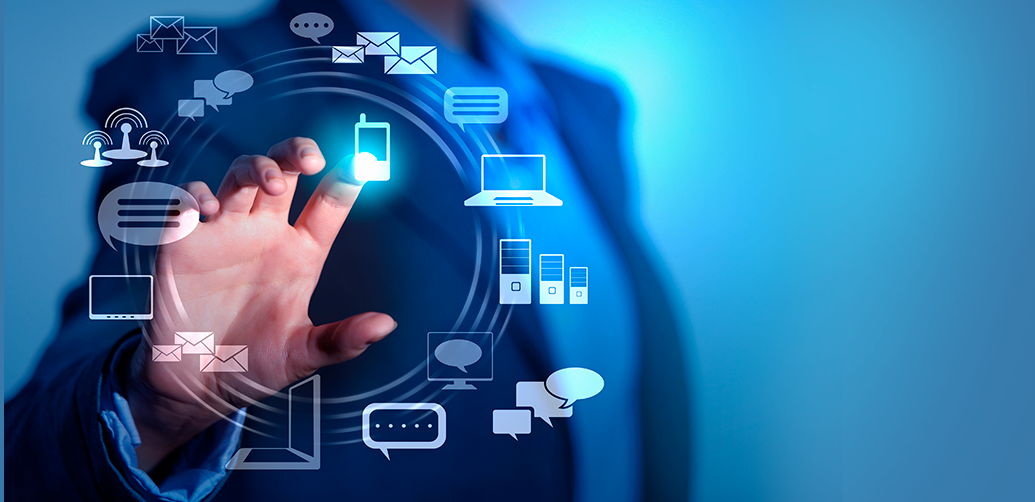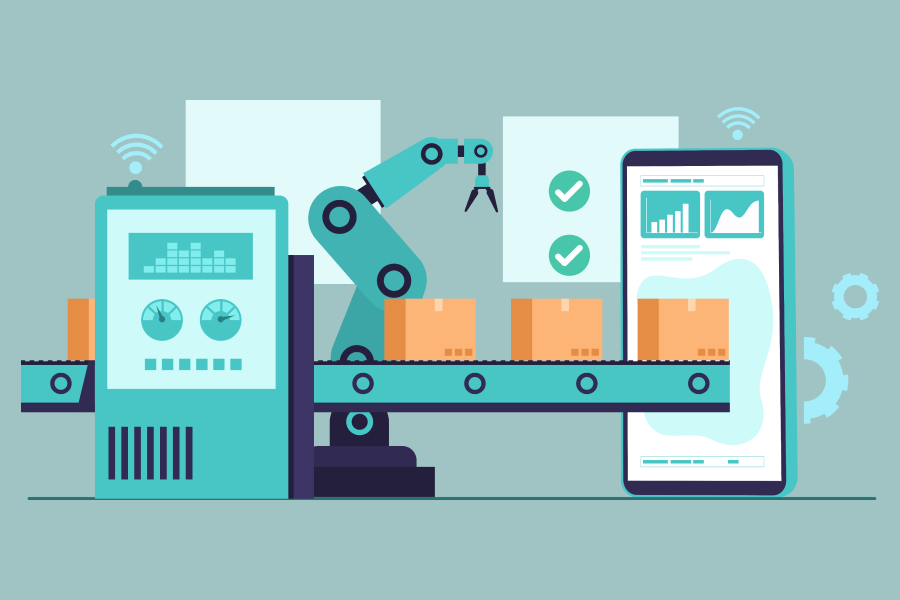With time, the importance of data is growing in all businesses, including entities that belong to the healthcare segment. The healthcare setups, including the clinics and hospitals, need to deal with a massive amount of data every day. Such entities need to store and use data appertaining to patient health, medical records, case studies, financial transactions, and many more. The workflow in such organizations revolves around collecting, storing, processing, and re-using this enormous amount of data. Using manual methods for data handling proves to be inadequate and can lead to errors and enhance costs. Using online and digital technologies can make things better for all the parties involved.
Clinical data management with the deployment of cloud services and AI
While using the web and software applications for managing and handling clinical data is nothing new, the future uses the cloud. Like many other sectors, the healthcare setup is waking up to the potential of cloud services in data management. The clinical setups dealing with the ever-growing amount of data need suitable means to handle it efficiently, minus errors. This is where cloud technology steps in.
The usage of Smart IoT enabled devices in these facilities also aids the process. The computer network, sensors, wearable devices, and touch input devices are used in sync to collect, process, share, and store data. Of late, AI technology is becoming more widespread in this sector. AI-enabled clinical apps and tools help in speeding up data collection and retrieval.
A well synchronized and connected healthcare system helps save time, evade errors, and keep the expenses under control. The aim is to enhance the overall patient experience and quality of medical services.
Another notable benefit of using a cloud-based and AI-driven ecosystem in clinical setup is reduced stress and workload on staff. This leads to a smoother workflow and better patient experience eventually.
Analyzing the workflow in clinical setups, driven by AI tech and cloud
Smooth switchover of workflow on a clinical setup from manual to largely automated, the computerized process is possible when there is a logical structure and well defined digital ecosystem.
The first step is to identify the involved personas and assign apt AI-powered and digital solutions to each of them.
The doctors and surgeons may work with a specific set of devices, while the clinic staff may use workstations or hybrid devices. The patients may be provided touch-enabled smart input devices for faster and smoother interaction. The devices and wearables are all connected to a central digital ecosystem. The UI has to be consistent, intuitive, and functional.
The data is stored in a cloud server accessible from all the connected devices, though the access level may not be the same. For example, the doctors can access patient data at will, and they can share it with patients as per need. The staff may access patient data without access to edit. The devices may be operated by touch input, voice guidance, and retinal scan.
The overall digital ecosystem is likely to have significant automation capabilities, so that workload on all involved parties reduces. The patients get alerts for upcoming tests and medication intake time. The doctors receive reminders about their diagnostic tests and tasks ahead.
Prerequisites for developing a connected, comprehensive digital ecosystem for healthcare setups
Developing a connected digital ecosystem for healthcare setups is no cakewalk. To develop such an ecosystem, the prerequisites are:
- The digital ecosystem creation requires a blend of high scale engineering, a capable team with expertise in medical technology, a significant investment. The good thing is Cloud technology has matured enough to serve as a host to such ecosystems.
- It is also necessary to locate a technology partner to develop and tweak the clinical ecosystem based on Cloud and AI tech.
- The connected ecosystem should have advanced self-learning capability. It will benefit from having smart predictive analysis capabilities.
What the future of digitally assisted healthcare looks like?
The healthcare sector has embraced digital and web technologies in a big way. However, the transformation is still taking place, and there remain some hurdles.
- Most clinical setups, especially the small sized ones, are far from deploying a well-connected digital ecosystem. They typically lack the monetary resources to develop and maintain such setups.
- A section of the medical community is still skeptical about deploying such technologies and automation in these setups. AI is an evolving technology, and human analysis and decisions sometimes prove to be superior, in clinical contexts, they feel.
- The hurdles of meeting regulatory compliance and lack of a universally applicable technology standard still prevail. The big medical establishments dabbling with such digital ecosystems have their proprietary software system- and these are distinct from each other.
Wrapping up
Digital technology and web services are an integral part of the healthcare sector now. With time, these technologies will keep on evolving, making things better for the end-users. It is a matter of time before the transitional hurdles vanish.

 Web and Full Stack
Web and Full Stack CMS and Frameworks
CMS and Frameworks Online Marketing
Online Marketing Cloud Services
Cloud Services ECommerce
ECommerce Mobile
Mobile



